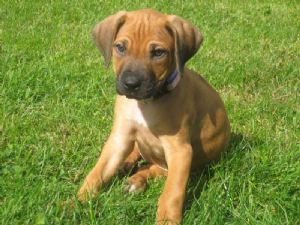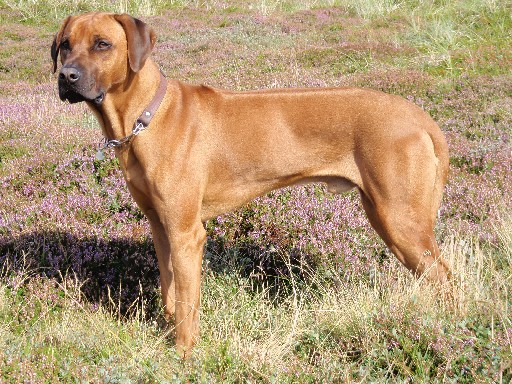
It’s something of a mystery to me, the degree to which we humans assign importance to the intelligence of our domesticated pets. As when, “He’s the smartest dog I’ve ever had!” is offered as a term of extreme endearment.
Consider the following common utterances and see if you don’t recognize yourself in any of them:
“She’s shiny, but not too bright. Gotta love her.”
“He’s scary-smart. Sometimes I think he knows what I’m thinking.”
“He’s a big, dumb lug, but we adore him.”
“She’s so smart, she’s almost human.”
Yes, I think most humans want their pets to be more human. And that means they tend to talk up their pets’ smarts and make excuses for their love of the less fortunate dim bulbs among us.
I guess that’s not so mysterious, really. I mean, human intelligence may be less prized than the basest kind of celebrity these days, but it’s a big selling point for pets on the basis of the bond we share. Because the brighter the pet, it’s been proposed, the deeper the bond.
So it is that when the smarts of racehorses gets questioned (as in a recent post), cats are touted as brighter than canids, or when a pig’s intelligence is favorably compared to our dogs’… people tend to take it personally. Casting dispersions on an animals’ intelligence, it would seem, is considered heretical within our pet culture. That is, as long as we’re talking pets, because a pig is not usually a pet. But a racehorse could be a pet. So there.
I got to thinking about this subject when I was discussing a recent National Geographic article with my boyfriend over a long kayak last weekend. Taming the Wild was the title of this March issue’s cover story. It detailed the process of domesticating silver foxes that had been undertaken in southern Siberia as part of a study on the heritability of tameness.
As a result of this study (also detailed in one of the lectures in last month’s Purebred Paradox conference), it’s been proposed that domestication is heritable to a large extent and that heritability is closely associated with the genetic material that also makes pets look more infantile, and hence more appealing to humans (floppy ears, curly tails, piebald coloration).
So it was that we considered the subject and couldn’t help but wondering: Are these animals also less intelligent?
In the silver fox video they showed us at the conference I certainly got that impression. The flash of knowing distrust was in sharp contrast to the dimness of ignorance. How to describe it? Perhaps it’s a difference you might recognize if you saw a feral cat side by side with a Golden retriever. (Please try not to attack me for that generalization. It is, after all, only a generalization.)
I figured it would make only sense that the process of domestication might select for greater tractability and trainability — and tha t this might necessarily entail a “dumbing down” effect. If nothing else, it certainly seems to blunt a lot of sharp edges.
There are notable exceptions, of course, as for certain classes of working dogs (think Australian shepherd, ratting terriers). But again, these could be examples of perfectly domesticated dumbed-down dogdom that was then re-bred to sharpen up very specific skills.
Right about now some of you are wondering what it is I mean to achieve by insulting our domesticated animals so roundly given that I’m actually — gasp! — suggesting they might not be as intelligent as their wild counterparts.
Here’s where I’ll confess that it’s true, I do have an agenda. But it’s in the defense of the truly dumb that I raise these issues. Because there’s nothing wrong with an animal that lacks a human intelligence. Indeed, we’d never have one in our homes if they did.
In fact, I’ll argue that we love animals precisely because they ar e dumb. I’ll even go one further: The dumbest pets assimilate more readily into their human families than the smartest pets. Now, I won’t argue that deeper bonds might be achieved with smarter pets, but anyone who’s lived with a really intelligent (but neurotic) terrier knows that it takes a lot of work to keep these pets happy. Not everyone is terrier-worthy. Almost anyone, however, is worthy of a Slumdog.
So what is it for you? Dumb pet or smart pet?


























